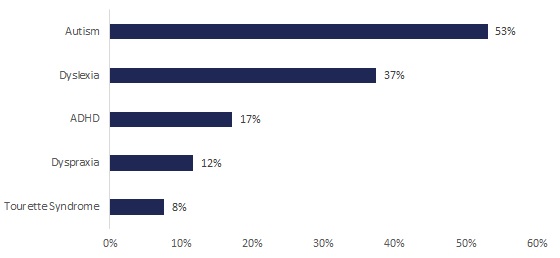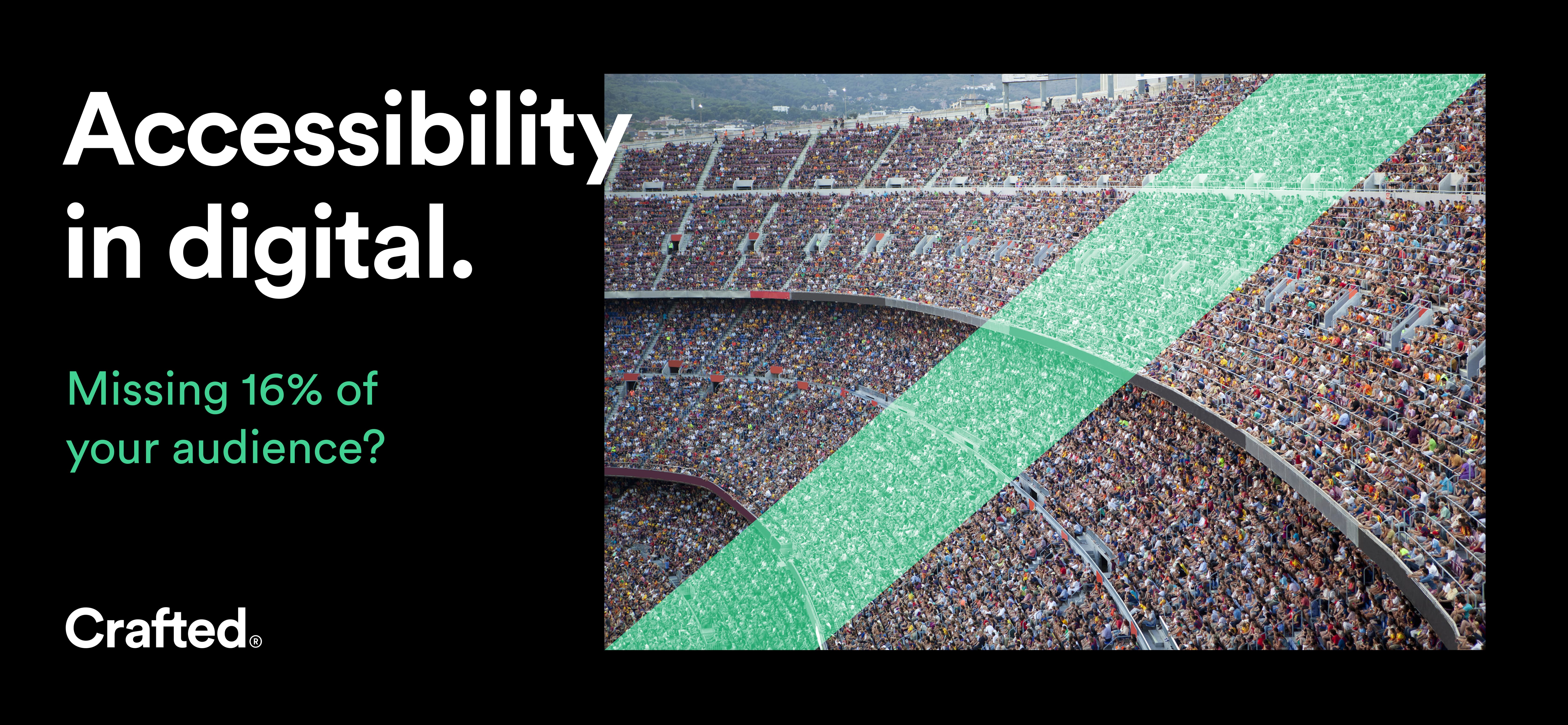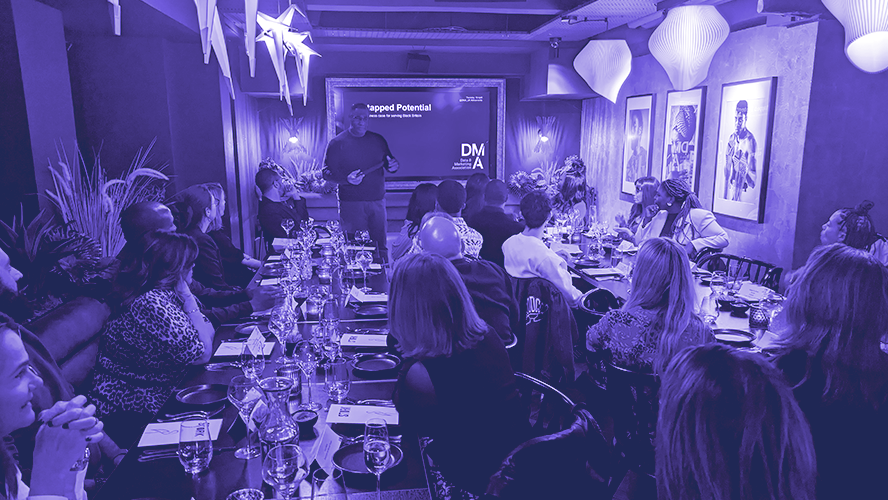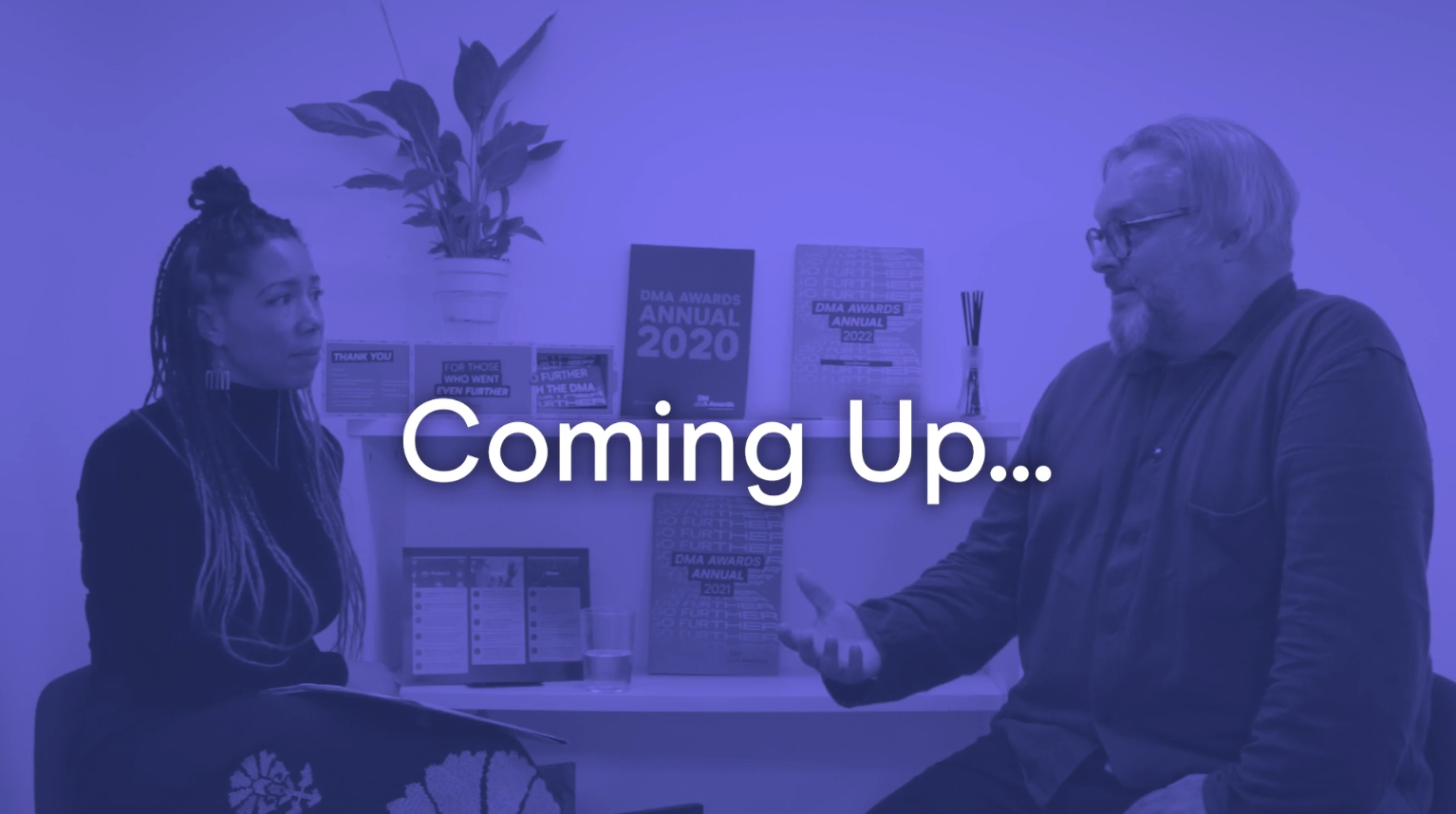Industry Diversity: Disability and Health
22 Sep 2020

As we saw in our introductory article to this series, diversity in the workplace has been high on many organisations' agendas in recent years. However, often the discussion tends to be dominated by single issues. What about all the other shapes and shades of diversity?
In this article, we analyse what our industry looks like, with a specific focus on disability and health. Our other articles in this series also examine ‘Background and Education’, ‘Gender and Sexuality’, and ‘Ethnicity and Race’. All of these explore the relevant aspects needed to be considered and understood, so we can move beyond mere demographics and focus on creating more inclusive environments.
Disability and Long-term Illness
Most respondents (83%) did not report having any disability, long-term illness, or health condition.
Among the 14% of those that did, 37% refer mental illness, 14% congenital and progressive condition, 8% hearing loss, 3% sight loss, and 3% mobility related conditions. A further 20% of respondents specified other various conditions. Meanwhile, almost one in five (19%) preferred not to specify the details of their situation.
Data also shows a significant relationship between disability and both gender and sexual orientation. In the first case, half of the marketers reporting a disability condition of some kind identify themselves as men (50%), 45% as women, and 5% in some other way.
In the second case, among marketers who define themselves as bisexual, 34% reported having congenital or progressive conditions, and 33% reported suffering from mental illness.
What is the nature of your disability, long-term illness, or health condition?

A survey by Labour Force shows that between 2013 and 2019, the disability employment gap in the UK has reduced, with roughly half of people with a disability employed (53.2%) compared to 81.8% of those employed without a disability.
The largest employment gap for those with a disability was among men, with a 31.7% difference between those with and without a disability, compared with 25% for women in the same situation.
More than one in five people working with a disability cited mental health conditions as the main cause of their disability. However, employment is not the only aspect to consider when looking at disability rates.
Unarguably, people with a disability are significantly more likely to experience unfair treatment at work than those without a disability. In 2008, the Fair Treatment at Work Survey found that 19% of people with a disability experienced unfair treatment at work compared to 13% of those without a disability.
Neurodevelopmental Conditions
Of those surveyed, 6% said they have been diagnosed or consider themselves to have a neurodevelopmental condition.
Among this, half (53%) reported being on the ‘autism’ spectrum and a third (37%) mentioned ‘dyslexia.’ These were followed by ’ADHD’ (17%), ‘dyspraxia,’ (12%) and ‘Tourette syndrome’ (8%).
In addition, almost half (49%) of those reporting having a neurodevelopmental condition have also been diagnosed with a disability/long-term illness or health condition.
Data revealed a significant relationship between the presence of neurodevelopmental conditions and both marketers’ ages and gender. Nearly a third (30%) of those with neurodevelopmental conditions are aged 35-44 years old, with a quarter (26%) aged 55-64, and 25% between 25 and 34 years of age. No one in the youngest group (18-24 years old) reported having any neurodevelopmental conditions.
Almost two-thirds (64%) of the respondents with neurodevelopmental conditions identify themselves as men, leaving just over one in four (28%) identifying as women, and 8% identifying in some other way.
Would you be able to specify your neurodevelopmental condition/s?

An estimate of 15% of the UK population is neurodivergent in some way (4% ADHD, 1-2% autism, 10% dyslexia, 5% dyspraxia). In a 2018 poll by the CIPD, data revealed only 10% of HR professionals consider neurodiversity in their organisation’s people management practices, and 72% said neurodiversity was not included.
Take the Next Step
To gain real diversity in the workplace, organisations must dig deeper than simple metrics like quotas. Now that you have seen the data, what are the actions you can take? Find out what the DMA is doing to make a more diverse and inclusive future a reality for our industry:




Please login to comment.
Comments